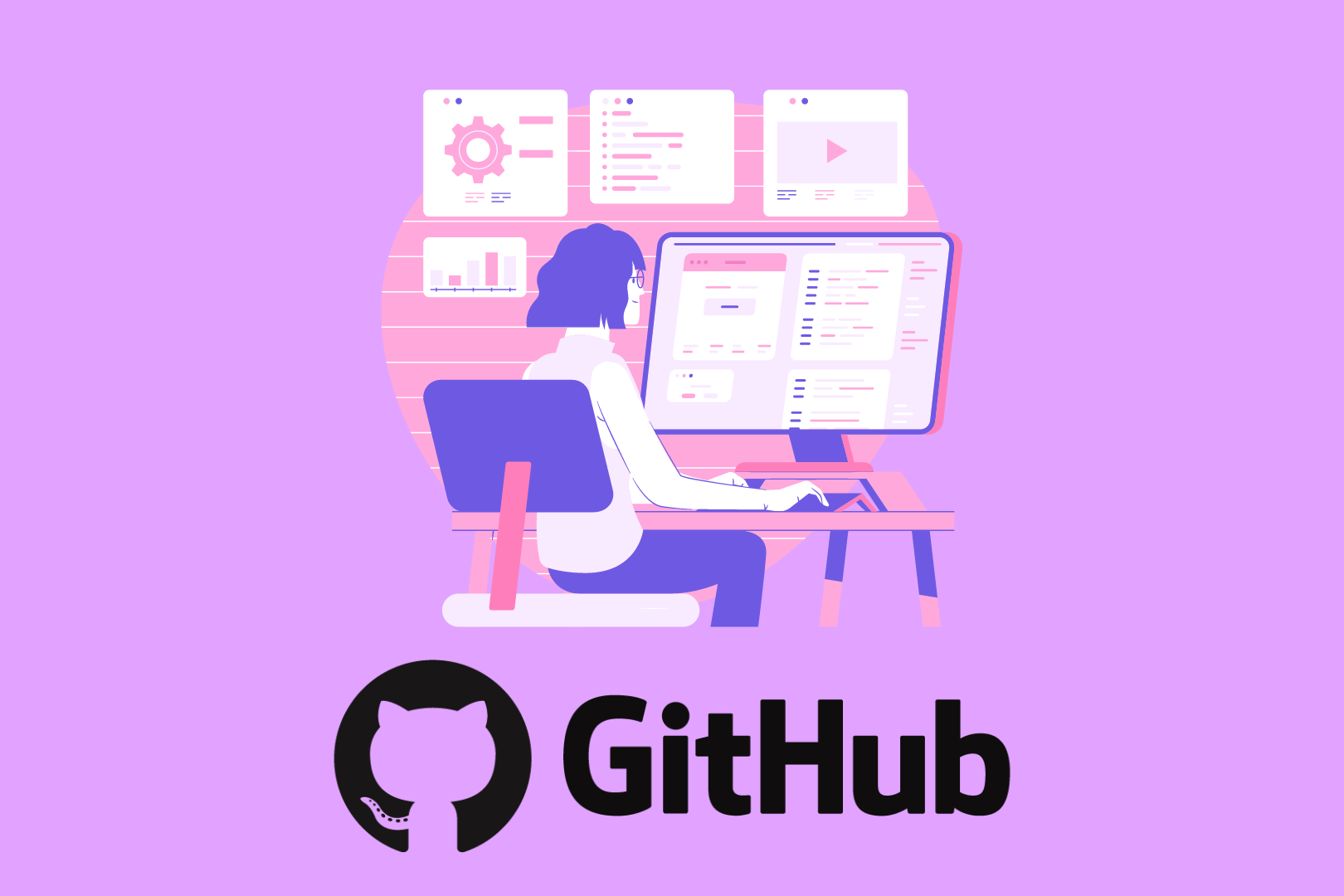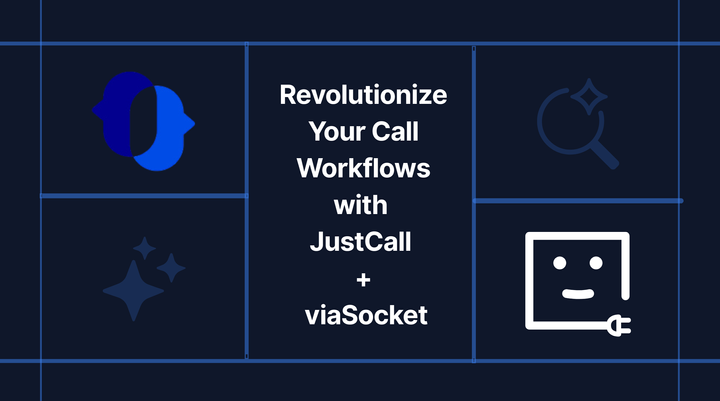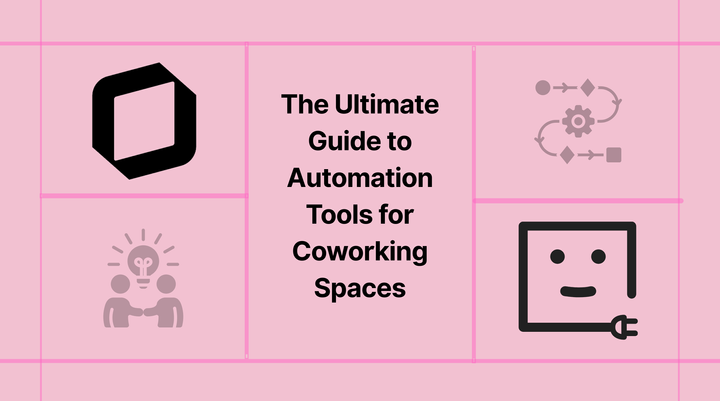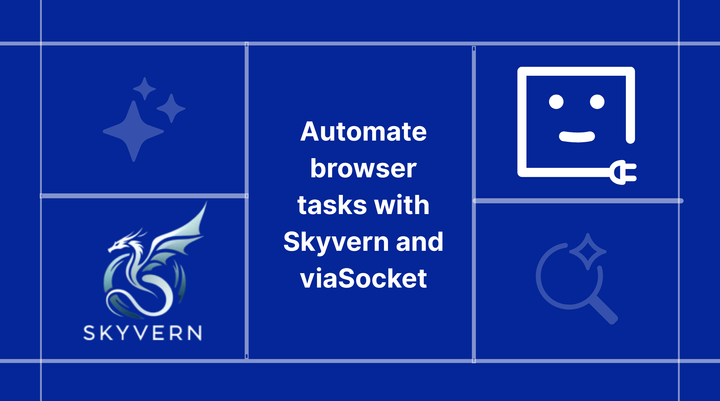6 Ways to Automate GitHub

If you're a developer, chances are you've heard of GitHub. What is GitHub, anyway? Imagine a magical place where developers from all around the world can collaborate, share code, and work on projects together seamlessly. That's GitHub! It's a web-based platform that provides a version control system and a collaboration hub for developers. In simpler terms, it's like a social network for code.
GitHub may be an essential app for developers, but using it is not everyone’s cup of tea. That is where automation plays an important role. Using viaSocket as your automation partner, you can integrate GitHub with different apps used by different departments in your business and thus enabling even non developers to contribute to the project.
Table of Contents:
Get Real-time Notification for any change on GitHub
Automate the Code Review Process
Streamline the Feature Request Process
Streamline the Customer Support Process
Document all GitHub Changes
Create and update calendar events based on GitHub activities
1.Get Real-time Notification for any change on GitHub
In a company, not everyone works on the same platform, thus conveying important messages will require you to switch between multiple applications, which is quite a time-squandering task. Moreover, there might be a risk that the message gets lost among other messages.
With the help of viaSocket’s automation solutions, you can get instant notifications, ensuring that team members are promptly informed about any code changes. This real-time communication is crucial for collaboration, especially in fast-paced development environments.
- Integrate Github with Slack to deliver messages whenever there are new pull requests.
- Integrate Github with Slack to send messages whenever there are new commits.
- Integrate Github with Slack to directly send messages whenever there are new review requests.
2. Automate the Code Review Process
Code review plays a pivotal role in the software development lifecycle, serving as a linchpin for code quality and team collaboration. By meticulously examining code contributions, developers can identify and rectify bugs, logic errors, and potential security vulnerabilities early in the development process. Automating the code review process can significantly improve the efficiency and quality of the development workflow.
- Integrate Github with Trello to generate cards whenever there are new review requests.
- Integrate Github with Asana to create new tasks whenever there are new review requests.
3. Streamline the Feature Request Process
At times, your customers may come to you with requests to add specific features to your application. Once you’ve assessed each feature request, you need to notify your developers whenever a new feature is given green light for development. These tasks can be simplified to a great extent using viaSocket’s automation solutions.
- Integrate Todoist with Github to generate GitHub issues whenever new projects are created in Todoist.
- Integrate Trello with Github to create GitHub pull requests whenever cards are moved to a new list in Trello.
4. Streamline the Customer Support Process
While utilizing your application, customers may encounter bugs or issues. Traditionally, the resolution process involves customers reaching out to the support team, who then relay the problem to developers for a solution. Implementing automation can significantly expedite this entire procedure, making issue resolution more efficient.
- Integrate Github with Zendesk to add new Zendesk tickets as GitHub issues.
- Integrate Github with Freshdesk to generate GitHub issues for new Freshdesk tickets.
5. Document all GitHub Changes
Many industries have regulatory compliance requirements that necessitate detailed documentation of software changes and updates. These documents not only serve as legal records in the event of disputes but also establish a clear chain of accountability.
Teams can trace each modification back to the specific individual or team responsible. This accountability proves invaluable not just for issue resolution but also for acknowledging and rewarding team members for their contributions.
- Integrate Github with Google Sheets to log new GitHub issues as rows in a spreadsheet.
- Integrate Github with Google Sheets to log new GitHub global events into Google Sheets as rows.
- Integrate Github with Airtable to add new GitHub commits to an Airtable base.
6.Create and update calender events based on GitHub activities
Integrating GitHub with Google Calendar makes work easier for coders by automatically putting your coding tasks and deadlines into your calendar without you having to do it yourself. For instance, if you create a new task in GitHub or finish a big piece of work, viaSocket can instantly update your Google Calendar, showing when it's due or completed.
This automatic setup saves time and helps avoid mistakes. Imagine if you had to write down every coding task manually! With viaSocket, you can trust that your calendar stays updated with the latest project info without any extra effort from you.
- Integrate Github with Google Calendar to create Google Calendar events from new GitHub commits.
- Integrate Github with Google Calendar to create Google Calendar events for new GitHub branches
- Integrate Github with Google Calendar to create new GitHub issues for each new event in Google Calendar
Embrace GitHub as a collaborative platform, and watch your team thrive with a diverse range of perspectives and skills!
Workflow automation in GitHub is a powerful solution to the common challenges faced by developers. By automating manual processes, streamlining code reviews, improving issue tracking, simplifying release management, and enabling real-time notifications, you can overcome these challenges and enhance your development process. Embrace automation, boost productivity, and unlock the full potential of GitHub's workflow automation capabilities to take your projects to new heights!



